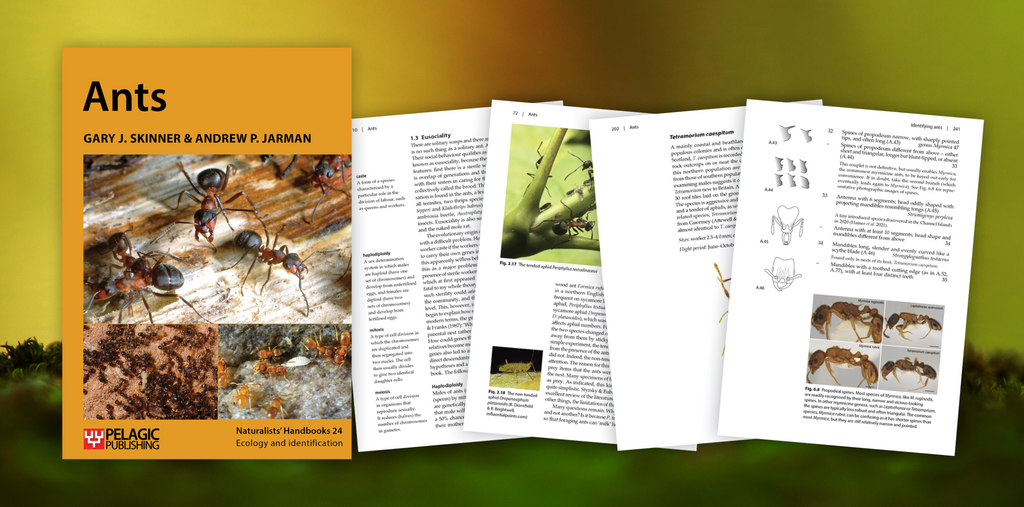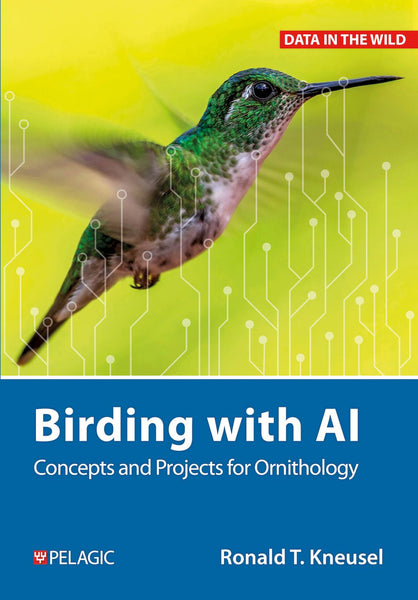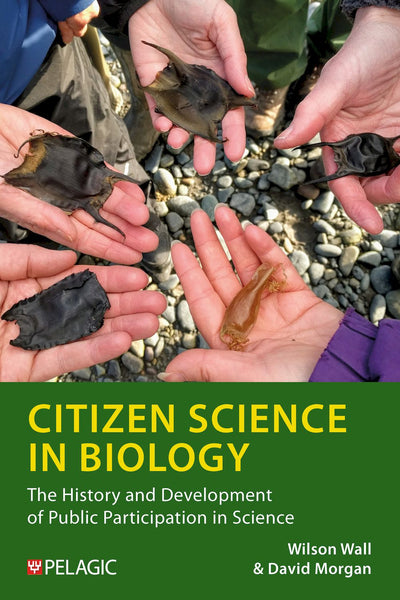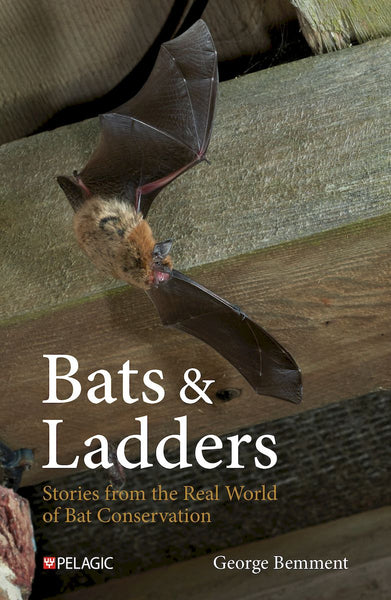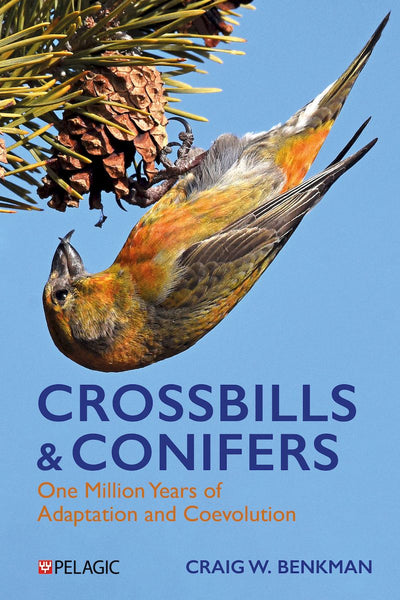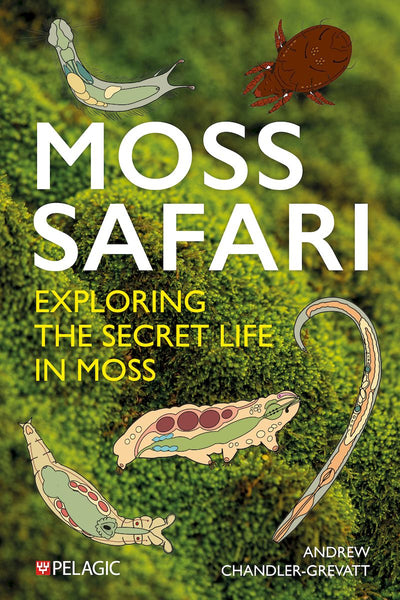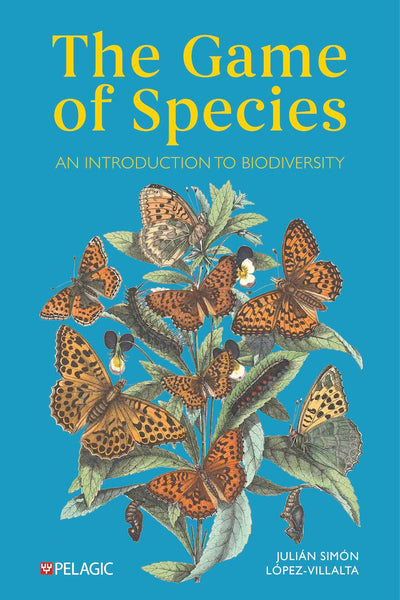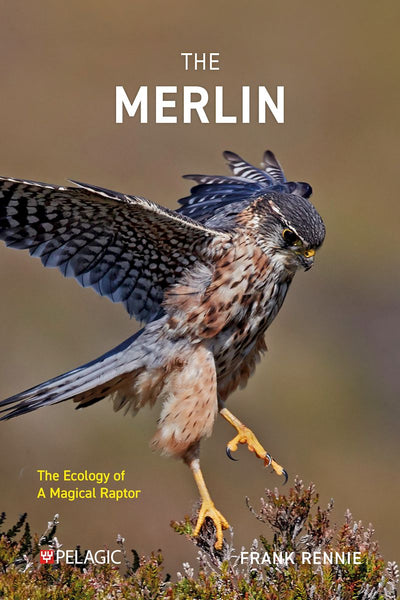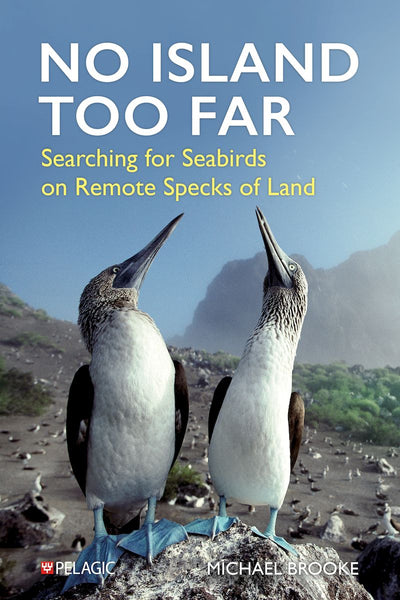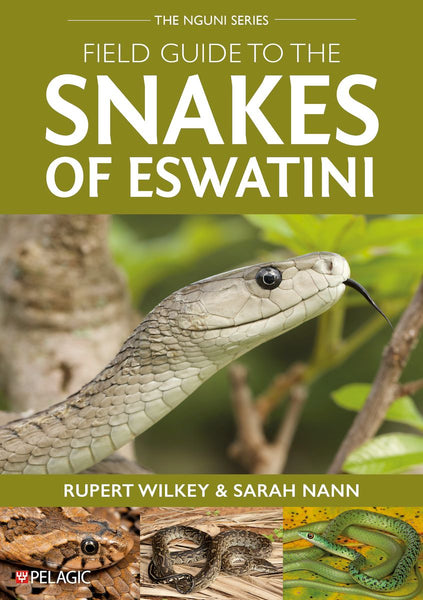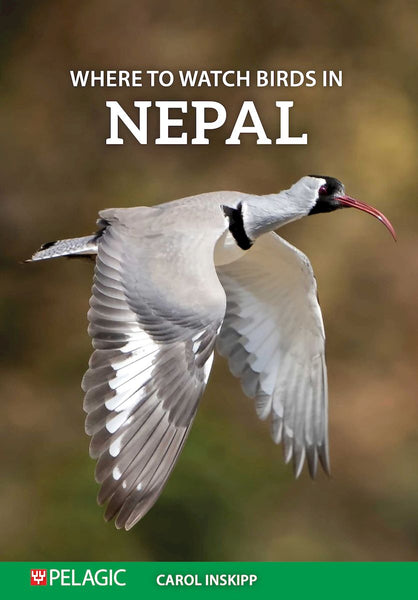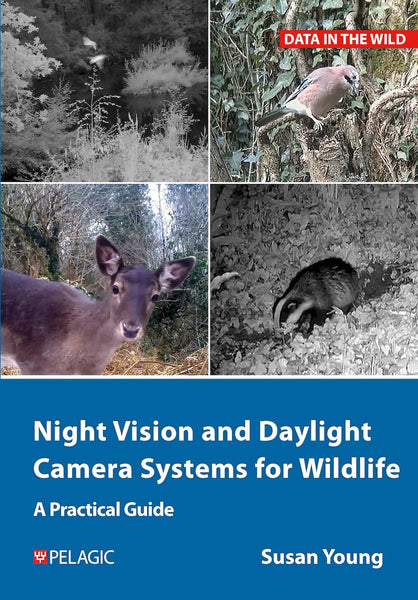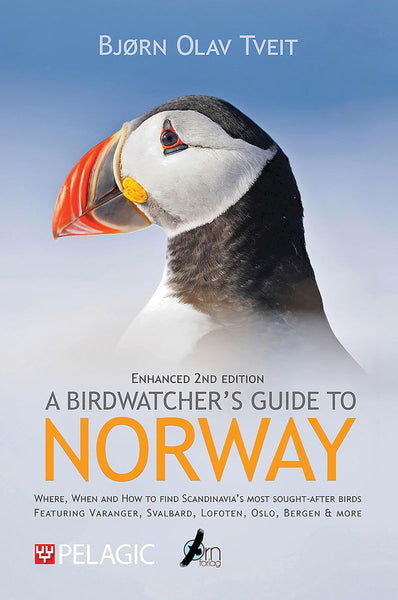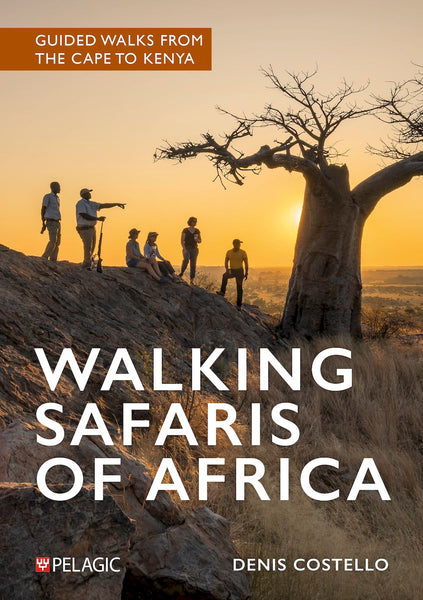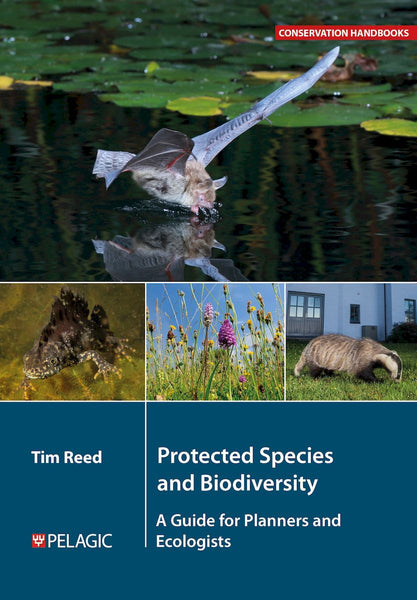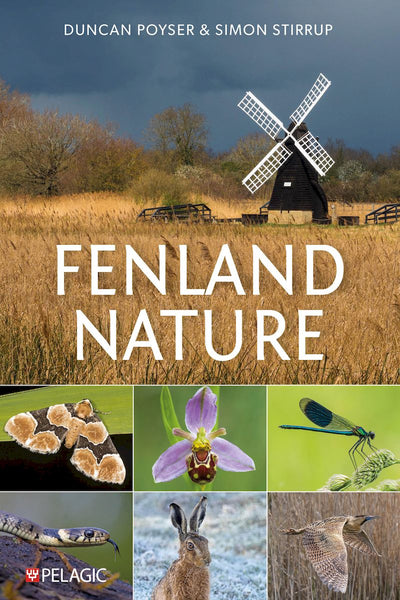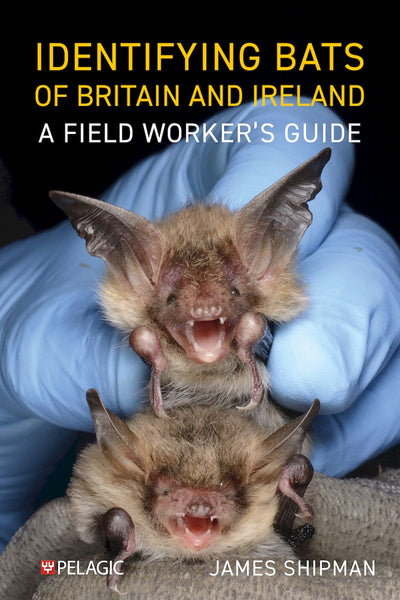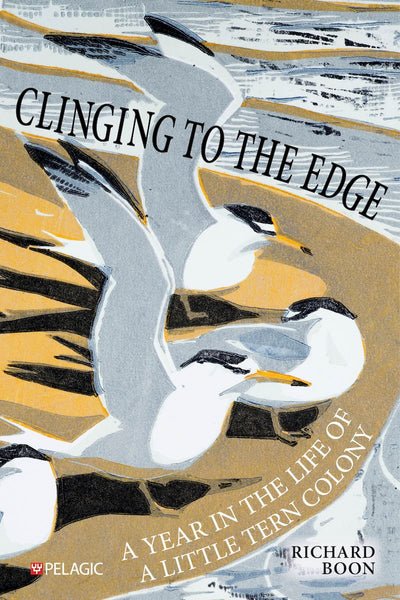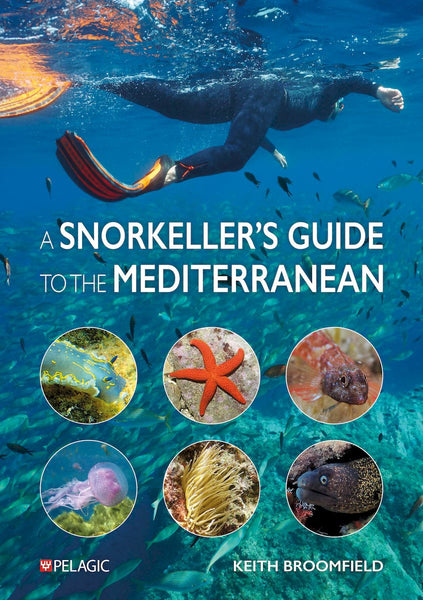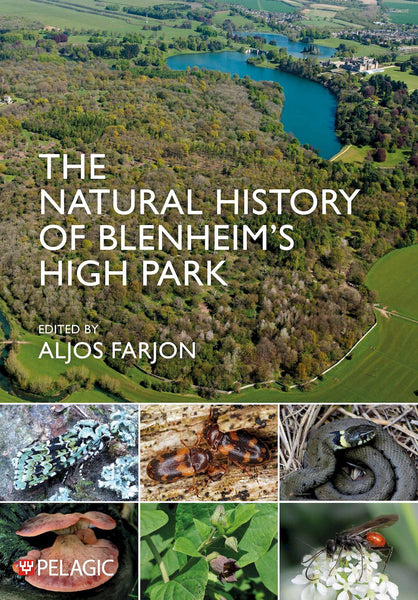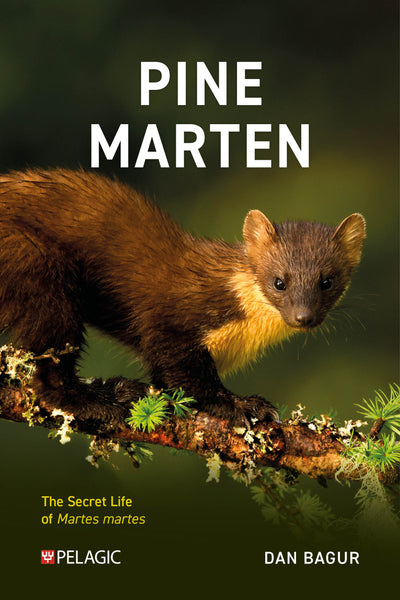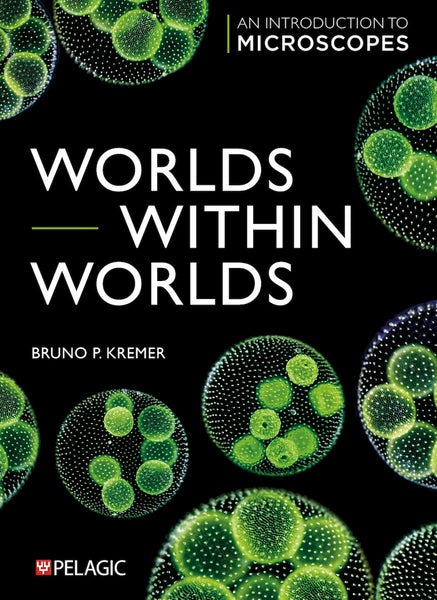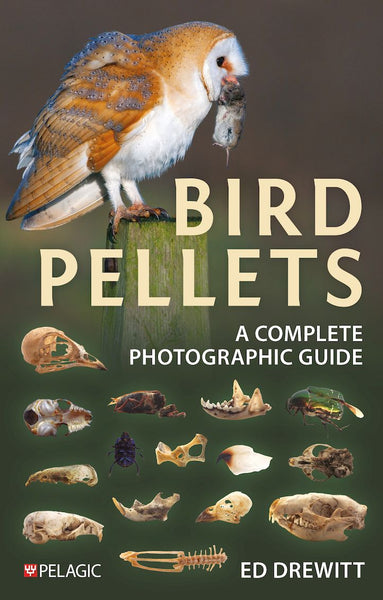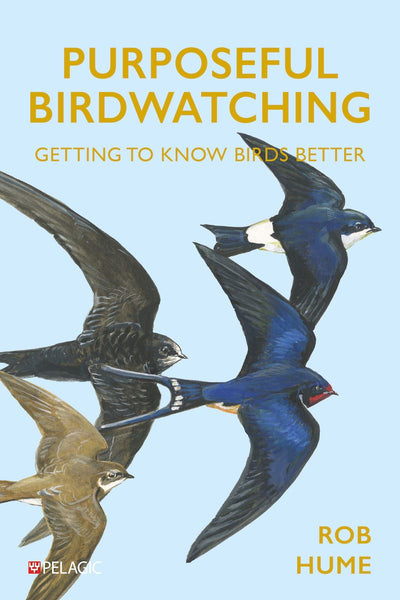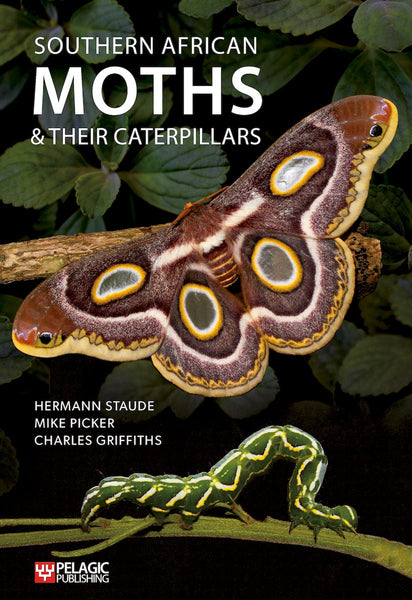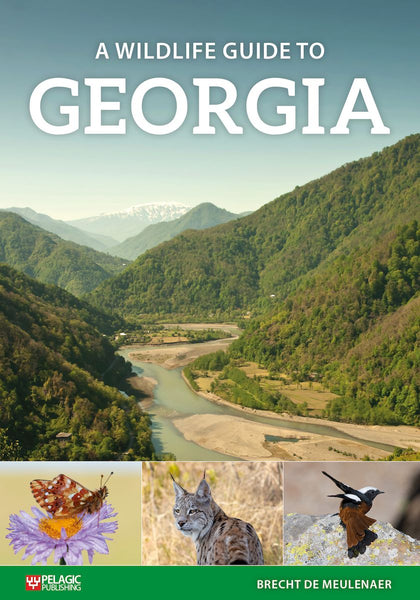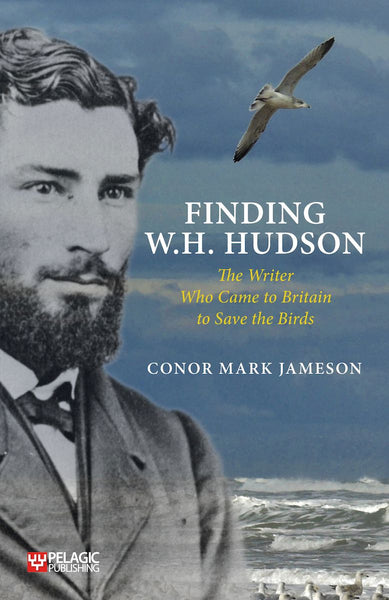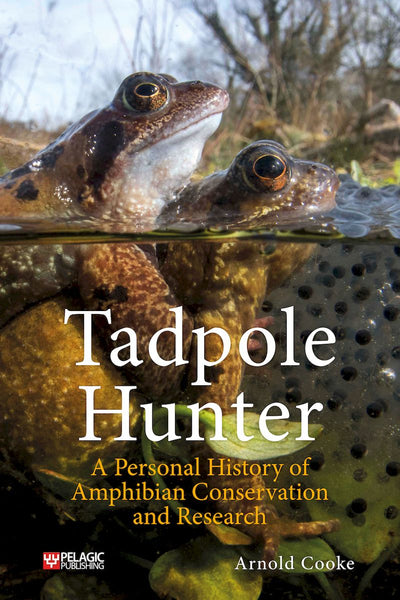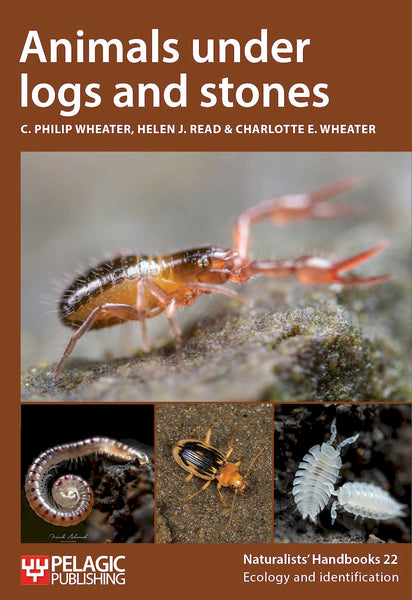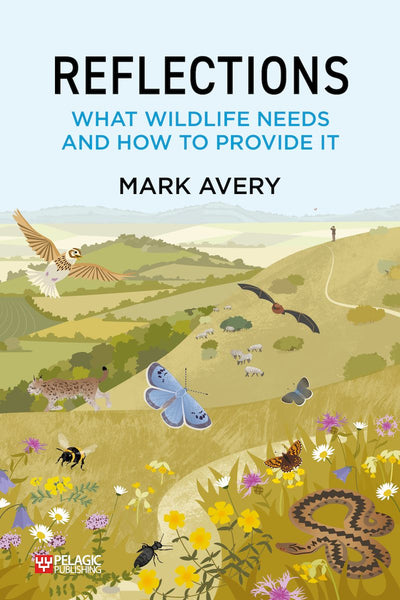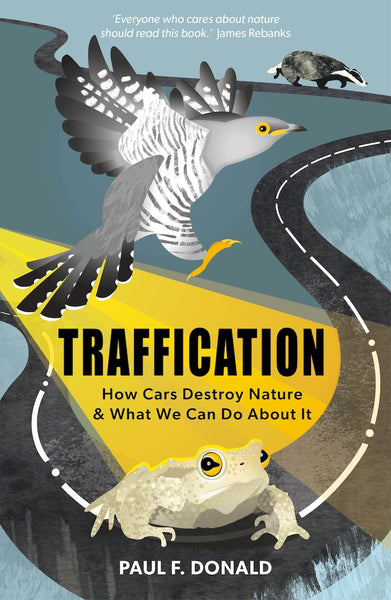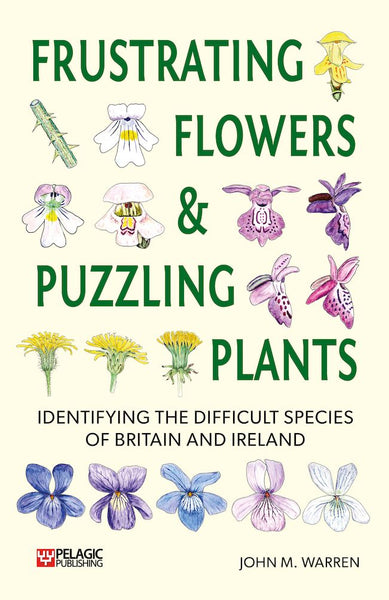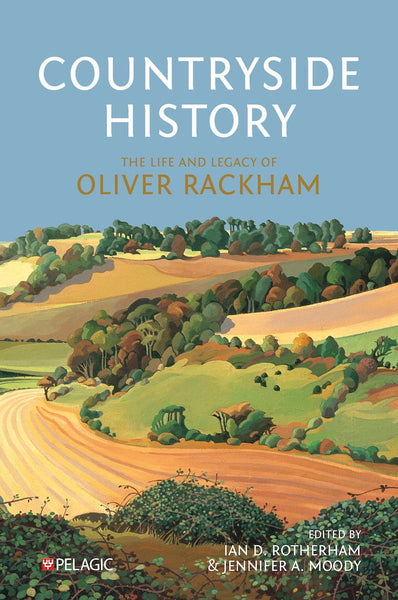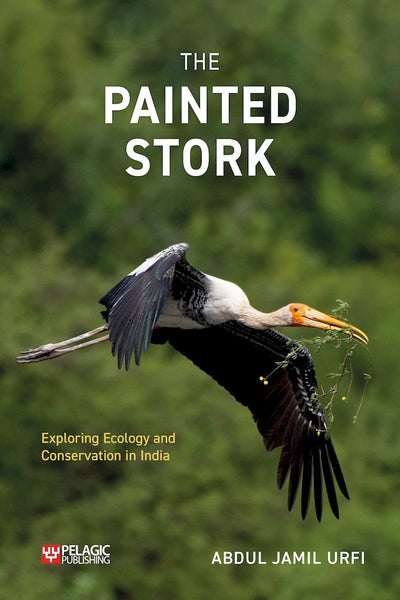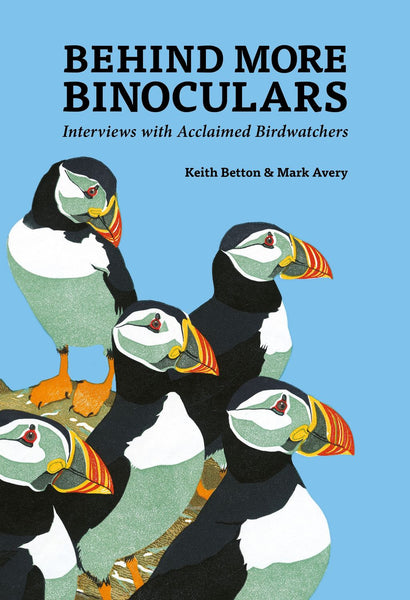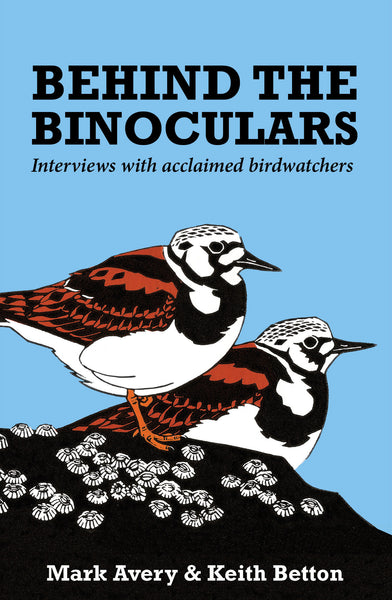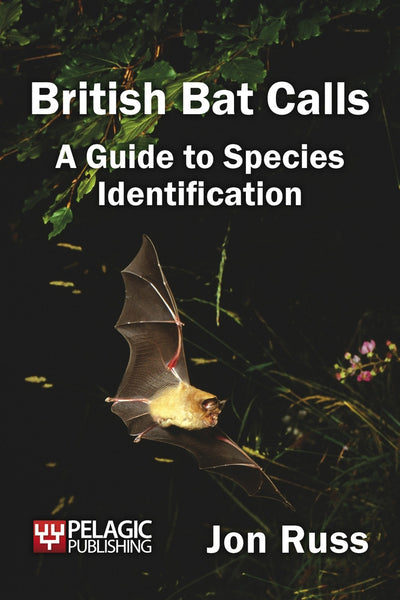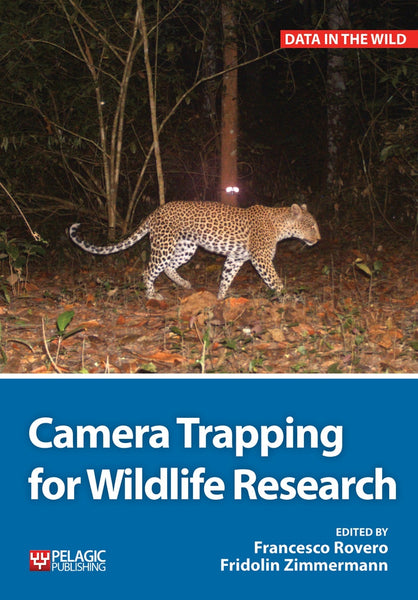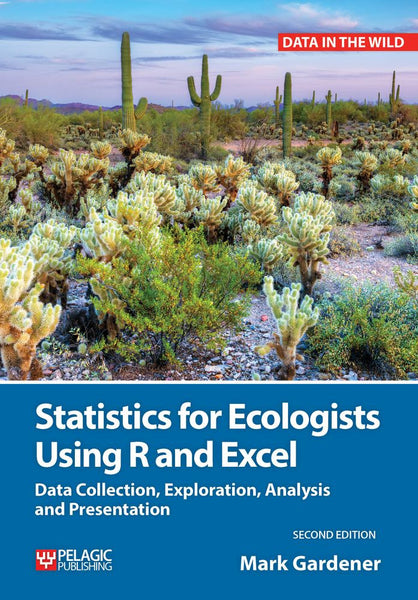Gary J. Skinner talks to us about Ants, co-authored with Andrew P. Jarman.
Could you tell us a little about your background and how your fascination with ants began?
I became fascinated with insects in general when I was a second-year undergraduate doing a biological sciences degree at Lancaster University. We were required to make a small insect collection as part of our entomology course and I found it really interesting to do that. 18 months or so later I expressed an interest in doing PhD level research and was given a choice of projects. Due to my general interest in insects, I decided to do a PhD on the effects ants in the wood ant group have on their surrounding environment. These ants live in colonies with up to half a million workers and there are often many such colonies in a relatively small area of woodland. So we were interested in finding out what these huge numbers did to the woodland habitat in which they lived. I reasoned that this would involve me looking at all the insects and the other small creatures that the ants interact with, by eating them, milking them for honeydew, competing with them or simply having them in their nests. This proved to be the case, and the research was successful and published in a series of papers in the late 70s and early 80s. I maintained an interest in ants, particularly wood ants, over the next few decades, although my work was as a biology teacher. In the early 90s I did insect survey work in the Lake District as part of my sabbatical and during this time worked on the first edition of the Naturalists’ Handbook on Ants. This was published in 1996 and has proved useful to those with an interest in this fascinating group.

Ponera coarctata workers with larvae
The first edition of Ants was published in 1996. What are the main differences in this second edition?
The main change is the addition of a fairly large number of species, which were not known to be on the list for the region back in the mid 90s. There have also been a number of name changes which needed to be properly dealt with. In addition, the opportunity of a new edition was taken to review more up-to-date literature about the ecology, behaviour and general biology of the ants. A lot has been discovered and written about in the last 30 years!
As co-authors what were your respective roles in getting the book together?
The plan was always for me to write the main text and for a co-author, initially Geoff Allen from the first edition, to write the identification keys. However, it became quickly obvious to Geoff that he would not have time to do this large job along with his other commitments. As is so often the case in life, a serendipitous series of events led to Andy Jarman coming on board to write the keys. Andy, as a very experienced amateur myrmecologist, had already been thinking about writing keys in order to replace the very out of date Royal Entomological Society key of 1975.
The next change was that the publisher had decided, in the intervening decades, that these books would be much more photograph based than the previous editions. Whilst still recognizing the need for careful drawings within the key, it was felt that the rest of the book would benefit from photography. So, as well as reviewing the literature as mentioned earlier, I took on the job of providing nearly all of these pictures. For those of living ants and their nests in nature, this meant a fair amount of traveling within our little archipelago and all during the difficult "Covid years". So I found myself on the Isles of Scilly, where one of our great rarities is abundant, then on Guernsey, where another species, now extinct on the mainland, still survives. Other trips involved traveling to the Aviemore region in Scotland to get sight of the quite rare, slender headed ant, together with some other species, which do occur elsewhere, but are relatively easily seen in that the Cairngorms. I also visited Carmarthen, looking for and thankfully, finding the bog ant, also a great rarity in this country. More generally, being based in the north of England and latterly in Southern Scotland, many of the ants which are very much southern in distribution were not available to me to photograph, so I had to go “down south" to find them. All of this was, of course, very enjoyable for an ant enthusiast. I am not quite so sure as what my wife felt about it all, but she supported me in all this as she has always done.
In addition to all of this, the decision was taken to make high resolution photographs of all of our species, at time of writing 61, (this is an ever-changing list!). For this work, I spent a few fruitful days in the Millennium Museum in Liverpool, the museum in Manchester and the Hope Department of Entomology in Oxford. Again, this was a very enjoyable experience, working with helpful and like-minded people and using quality equipment for taking macro photographs, which I could not hope to emulate at home.

A worker of Formica picea or bog ant
What kind of fieldwork was involved in the creation of the book?
As mentioned previously, the main fieldwork I undertook was in terms of photography. There was one interesting special project along these lines, which was the job of getting a photograph of the elusive shining guest ant. Expeditions to the Peak District, the North York Moors, together with the trip to Aviemore, eventually yielded a few photographs, one of which finally appears in the book! I was also privileged to spend a day on Guernsey with Andy Marquis, who took me round some his sites where he sifts leaf litter and other dead vegetation on the ground. This weekend hobby of his has yielded a host of species for the island, including an exotic ant, which has now made the list for the region.

A gyne (queen) of Formicoxenus nitidulus or shining guest ant
Did you discover anything that particularly surprised you whilst conducting research for the book?
It was interesting to chase down the truth of something which has been repeated time after time in books about ants or books which include sections on ants. One of our most striking species is the shining jet-black ant. This is a beautiful species, with very interesting behaviour and which also builds a fairly unique kind of nest. The nest is made out of wood scrapings which are glued together by the ants to make paper like sheets called carton, the common wasp does a similar thing. What I was never sure about was the suggestion that the ants glued the wood scrapings together with saliva. It occurred to me that saliva was probably a uniquely vertebrate, if not just mammal, secretion. It turns out that a liquid which is called saliva is secreted across many animal groups. However, I am assured by experts in the field, that the wood scrapings in the carton of shining black ants is not glued together by saliva, but by honeydew.

Two workers of Formica aquilonia returning to the nest with abdomens swollen (replete) with honeydew
Who is the target audience for Ants and what do you hope they will take away from reading it?
As with all the naturalists’ handbooks, Ants is targeted at a combination of the interested layman and sixth form, undergraduate, and postgraduate students. However, it has become clear to me over the last two or three years when talking to acquaintances about the book, that there is a great need for a modern account of this group in our region. The most important part of the book in that respect is the keys in chapter 6. There has not been a comprehensive key to the workers, queens and males of ants since that of the first edition in 1996 and that was the first since the Royal Entomological Society key published in 1975. So we hope the book will provide a usable and accurate key to this very important group of insects. Another aim is to stimulate research on this group. There are a lot of people working on ants around the world, a lot of their work being done in laboratories on captive colonies. Ecological work, although carried out, is not so common and particularly that is the case in Britain. I have tried to indicate where our knowledge is less than complete and hopefully given ways of contributing which do not involve expensive equipment, which may be only found in a research institution.
Learn more about Ants here.






